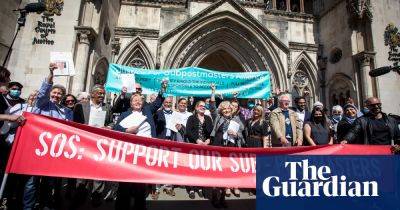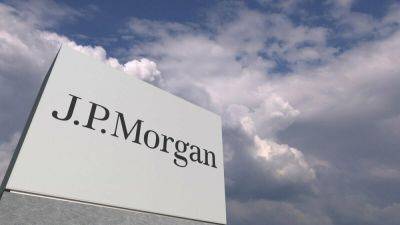What is leasehold, and are there any alternatives?
Given that they have paid large sums for their homes, leaseholders might be surprised to find that they are in a landlord and tenant relationship with the freeholder. The rights and obligations on both sides are governed by the terms of the lease agreement – including its length. There are almost 4.9m leasehold homes in England, of which 69% are flats and 31% are houses.
The post-Grenfell cladding crisis highlighted the power imbalance between leaseholders and freeholders, with leaseholders obliged to pay millions to fix cladding on buildings that they had no role in designing or constructing. The disaster revealed how many people lacked knowledge of their rights and obligations. Leaseholders also lack power over how much they pay in service charges, with freeholders accused of “sweating the asset” by maximising service charges and insurance premiums. There is a lack of transparency, and some freeholders block leaseholders’ rights to manage their own buildings.
In recent years, property developers have increasingly sold houses and flats based on lease agreements that include an obligation on the leaseholder to pay a regular ground rent. This is separate from the service charge and created an income stream for developers that allowed them to trade freeholds to global private equity investors attracted by a predictable percentage return on investment each year. Last summer a new law came into force setting future ground rents to zero on new lease agreements.
As far back as 2017, it said it would act on leasehold abuses and make buying a freehold or extending a lease “easier, faster, fairer and cheaper”, although many leaseholders would say that is not yet the case. Last summer, it said it would be “supercharging leaseholders’
Read more on theguardian.com


















